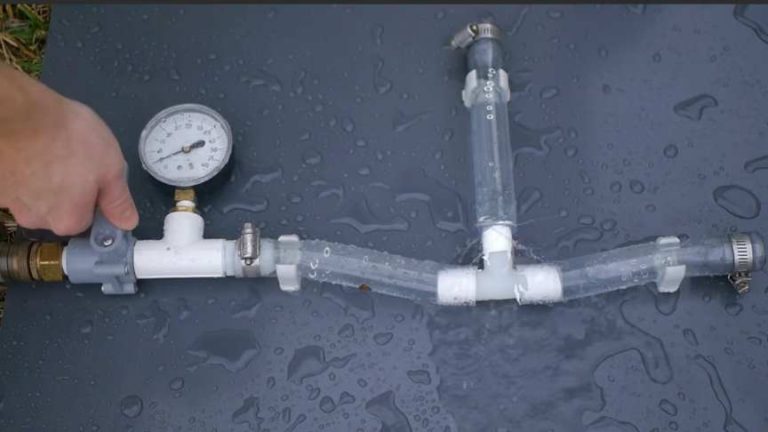

Each extraction preset consists of a filter slot and an optional color to paint the items extracted by the preset.

The extraction presets are distinguished by a colored shape, such as a Red Triangle or a Yellow Cross. (Emerald Pipes have been replaced with Wooden Diamond Pipes in newer versions of Buildcraft, however, their function is identical to Emerald Pipes.) Emzuli Pipe Emzuli pipes have four "extraction presets", which can be selected using Buildcraft gates. If no items are specified, the pipe will not extract anything. If the inventory lacks the item specified by the current filter, then the extraction process pauses, waiting until one of that item becomes available. The pipe will extract one item specified by the current filter, then move onto the next filter, repeating when it reaches the end. In "round-robin" mode, the pipe will rotate between filters, with the currently active filter being highlighted by a more solid box than the others. Having an empty blacklist will cause the pipe to extract all items regardless of the type of item. In "blacklist" mode, any items that are present in a filter slot will not be extracted from the inventory. Having an empty whitelist will cause the pipe to extract all items from the inventory regardless of the type of item. In "whitelist" mode, the pipe will only extract items from the inventory that are also present in a filter slot. Note that filter slots do not store items, so placing an item in a filter slot will not consume it. Emerald Pipe (Wooden Diamond Pipe) Available since BC 3.4.2 (for MC 1.4.7) Emerald pipes give the player the ability to control which items they extract, with nine filter slots, and three different filtering modes: whitelist, blacklist, and round-robin. They lack a GUI and do not possess any other functions or abilities besides those common to all types of extraction pipes. Wooden Pipe Wooden pipes are the cheapest type of extraction pipe, as well as the earliest option the player has access to. Of final note, some inventories have specific behavior regarding item extraction, such as only being able to extract items from one side. Thirdly, while extraction pipes can connect to other pipes and inventories, they can not connect to other extraction pipes. The selected inventory can be switched either by right-clicking with a wrench or by utilizing Buildcraft gates. Secondly, extraction pipes can only extract items from one inventory at a time the inventory that is currently being drawn from is marked by an opaque connector in place of a transparent one. A Pipe Pulsar may be used to extract items in place of providing energy. There are three types of extraction pipes each with different abilities and features, however, all three types share three common traits.įirstly, extraction pipes require some amount of energy in order to function using larger amounts of energy will enable more items to be extracted at once. A pipe with high friction will slow items down more than a pipe with low friction.Įxtraction pipes are pipes that can remove items from inventories and insert them into pipe networks. Wooden, Stone, and Gold conductive pipes.Īll item transporting pipes have a property referred to as "friction" this measures how much a pipe will slow down items traveling through them. Wooden, Cobblestone, Iron, Stone, Gold, Diamond, Obsidian, Emerald, Void, and Sandstone pipes.Įmerald, Gold, Wood, Cobblestone, Iron, Stone, Sandstone, and Void waterproof pipes. Vanilla examples of such are Chests, Furnaces, Hoppers, and Brewing Stands. Pipes can interact with blocks that possess inventories, with the ability to insert and extract items from them. In addition to items, certain types of pipes can be used to transport liquids and power in the form of Minecraft Joules. The dynamic pressure head is small (flow velocities rarely exceed 3 ms -1, equating to a dynamic head 1.Pipes are a fundamental part of Buildcraft, allowing items to be transported around the world without the player being required to carry them.Viscous Loss in components is negligible, except for partially closed valves.Flow cross-sectional areas are constant (except for tapers).The method of calculations is subjected to the following assumptions as mention in the CRIA Report 128. This article discusses the literature on the thrust block design and thrust block design example.ĬRIA Report 128 Provides comprehensive guidelines to be followed in designing the thrust blocks. Thrust blocks are constructed to carry these forces whether these forces can not be born by the pipe itself. Change of the momentum creates forces on externally on the pipes. The thrust block design is done to carry the forces generated due to the changes in the direction of the liquid flowing pipes.


 0 kommentar(er)
0 kommentar(er)
